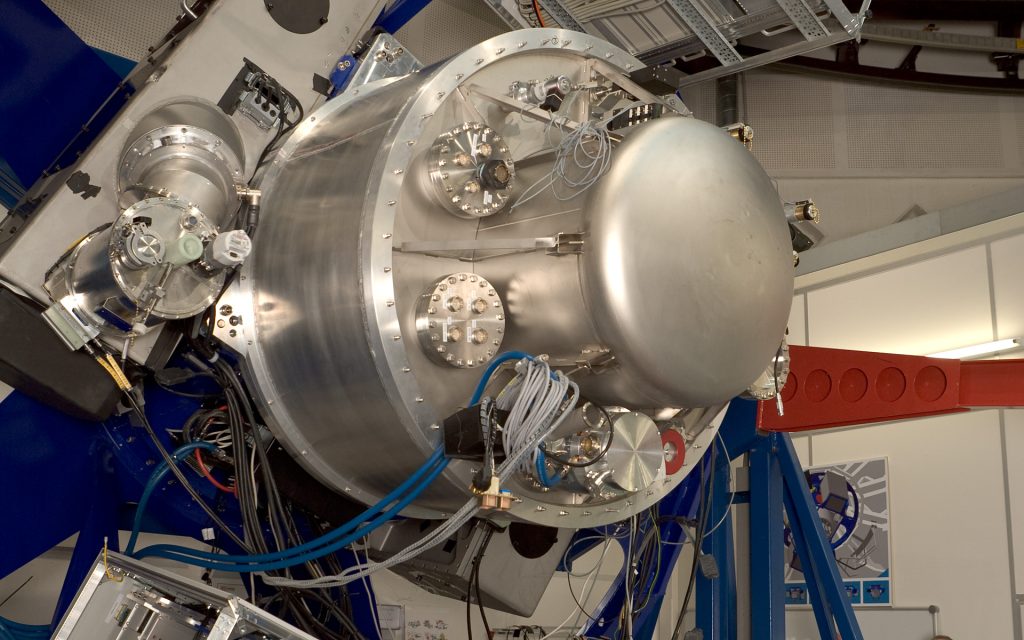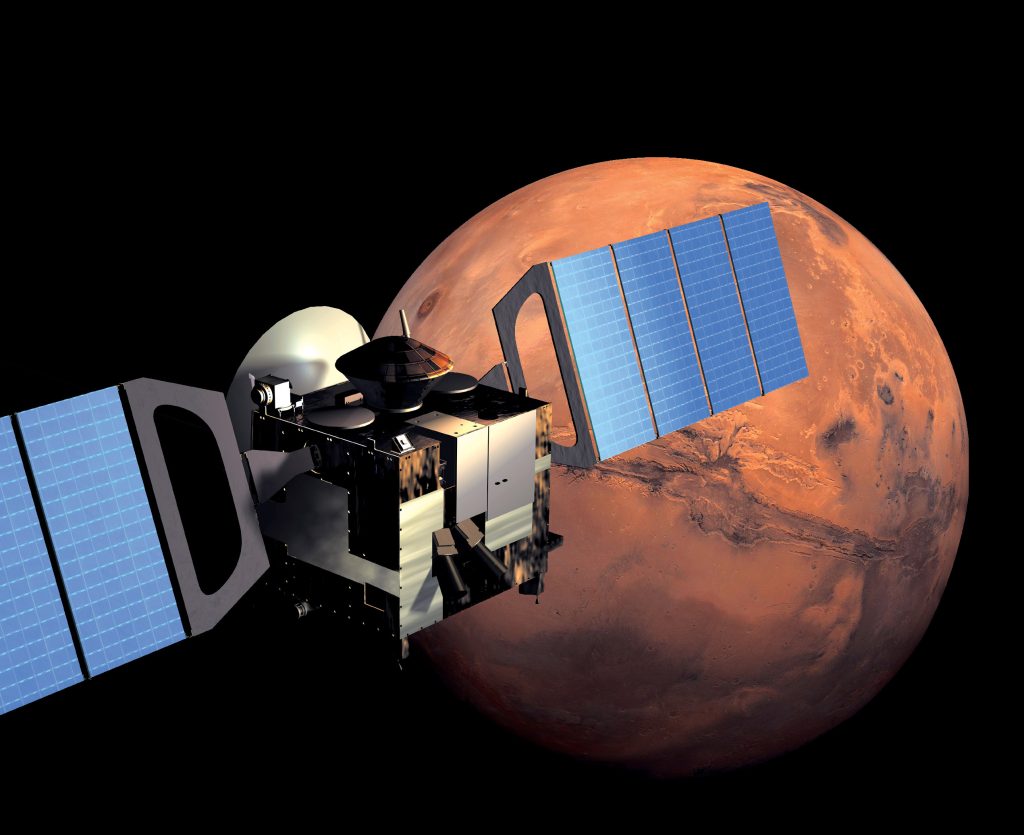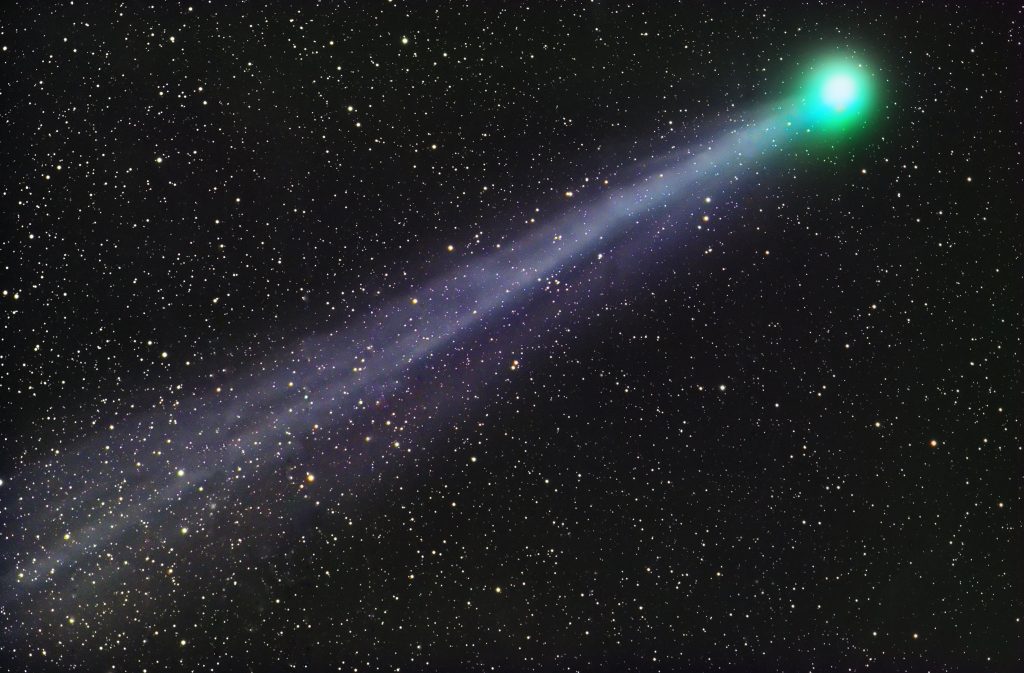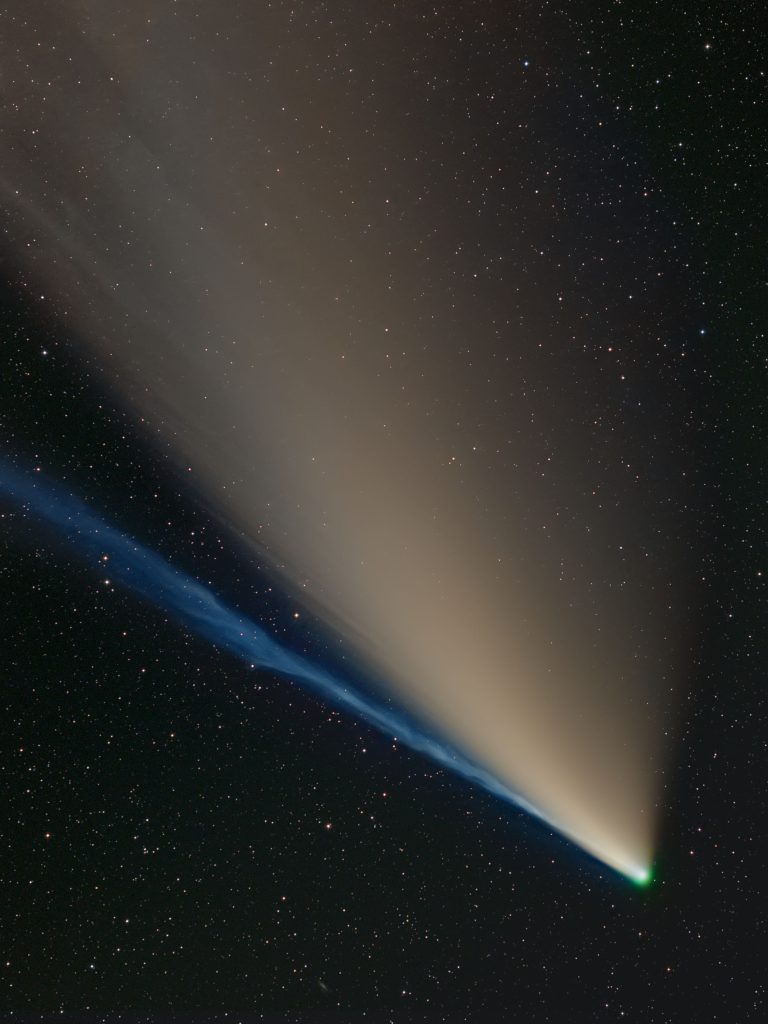
Can an object older than the Sun itself hold the key to knowing how planets form across the galaxy? It would appear that NASA’s newly released images of the interstellar comet 3I/ATLAS do just that: a combination of engineering ingenuity and state-of-the-art science to study a visitor from beyond our solar system.

1. A Rare Interstellar Encounter
First spotted on July 1 by the ATLAS survey telescope in Chile, 3I/ATLAS is only the third confirmed interstellar object to pass through our solar system after 1I/’Oumuamua and 2I/Borisov. Its hyperbolic trajectory and velocity of more than 137,000 miles per hour instantly labeled it an interloper. Unlike ‘Oumuamua’s mysterious, coma-less profile, 3I/ATLAS is unquestionably cometary, expelling a cloud of gas and dust as solar heating vaporizes its ices.

2. Engineering a Solar System-Wide Observation Campaign
NASA coordinated an unprecedented fleet of spacecraft to observe the comet from multiple perspectives. Assets ranged from orbiters at Mars like the MRO and MAVEN, to heliophysics missions including SOHO and STEREO, and even the recently launched PUNCH mission. Even asteroid-bound probes Lucy and Psyche contributed, capturing long-distance images which, when stacked, revealed coma structure and tail geometry. This distributed approach allowed scientists to overcome Earth’s observational blind spot when the comet passed behind the Sun.

3. Close Pass by Mars
Passing within 19 million miles of Mars on October 3, 3I/ATLAS gave the MRO’s HiRISE camera one of the closest possible views of the comet’s coma. MAVEN’s Imaging Ultraviolet Spectrograph captured hydrogen and hydroxyl emissions, setting upper limits on the release of water vapor and atomic distributions. These ultraviolet datasets provide a unique insight, among the 2025 observations, into volatile composition prior to the most intense solar heating of the comet.

4. Spectroscopy Uncovers Hints towards Composition
High-resolution spectroscopy with the X-SHOOTER on ESO yielded a red spectral slope of ~18% per 1000 Å, redder than that of 2I/Borisov by nearly a factor of two; such coloration is consistent with D-type asteroids and trans-Neptunian objects and thus points to long-time exposure to interstellar radiation. No detectable OH or CN bands were found at this time, which implied little sublimation of water or hydrogen cyanide at 4.4 AU. Corresponding upper limits were established at QOH < 8.2 × 10²⁶ s⁻¹ and QCN < 5.6 × 10²³ s⁻¹.

5. Evidence for Galactic Cosmic Ray Processing
Spectral data obtained from JWST/NIRSpec and SPHEREx reveal extreme CO₂ enrichment, CO₂/H₂O = 7.6 ± 0.3, among the highest ever recorded for a comet. Galactic cosmic ray irradiation over gigayears can convert CO to CO₂ and produce an organic-rich crust, as confirmed with laboratory analogs. Models indicate that current outgassing samples only the outer 15–20 meters of this processed layer, with pristine interior material likely inaccessible during this pass.

6. Multiangle Imaging for Structural Analysis
Combining data from spacecraft at Mars, in heliocentric orbit, and en route to Jupiter will enable scientists to reconstruct the three-dimensional coma and tail structure of the comet. This engineering feat is parallel to multi-camera photogrammetry but on a solar system scale. Varying phase angles reveal dust particle sizes, jet orientations, and possible spiral structures in the inner coma-all key to understanding activity patterns.

7. Orbital Mechanics and Trajectory Refinement
ESA’s ExoMars Trace Gas Orbiter supplied positional data that improved trajectory predictions by a factor of ten. The precision will be crucial for coordinating future observation opportunities, given that the comet makes its closest approach of 168 million miles from Earth on December 19, before heading back toward interstellar space. Its eccentricity of ~6.0 constitutes the most extreme orbit of any known interstellar object and represents further support of its extrasolar origin.

8. The Europa Clipper Ion Tail Opportunity
Between Oct. 30 and Nov. 6 Europa Clipper might have flown through the ion tail of 3I/ATLAS, a stream of charged particles sculpted through interactions of the object with solar wind.If confirmed, this would be the first-ever in situ sampling of the ion tail of an interstellar comet, providing unprecedented data on how alien volatiles respond to our Sun’s plasma environment.

9. Implications for Theories on Planetary Formation
Karen Meech of the University of Hawaii said, “Seeing differences from normal comets in our solar system is really interesting. this gives us confidence that the process of building planets is the same everywhere.” A CO₂-rich crust and red spectral slope are indicative of formation far from the parent star in conditions colder than most solar system comets experience.
The engineering complexity and scientific payoff of this campaign make 3I/ATLAS a benchmark for future studies in the field of interstellar objects. Upcoming Rubin Observatory surveys could detect dozens of ISOs every year, and the methodologies refined here, such as multi-mission coordination, deep-space imaging, and compositional spectroscopy, will be essential in deciphering the chemistry and physics of worlds born under alien suns.


